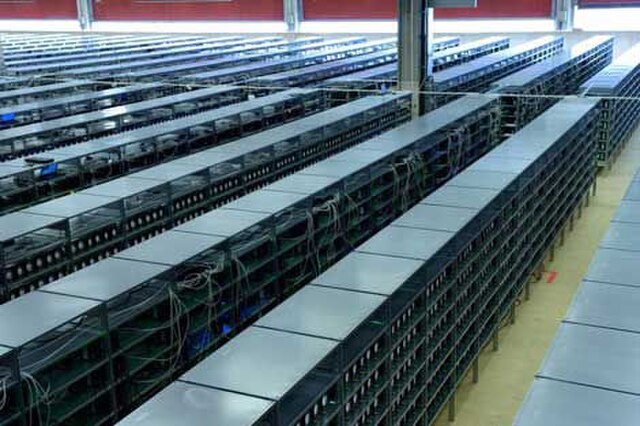The Abu Dhabi Agriculture & Safety Authority (ADAFSA) on September 30, 2025 banned cryptocurrency mining activities on farm land.
All services that ADAFSA extends to farms in the UAE capital will cease for unheeding landlords, alongside a 100,000-dirham ($27,230) fine.
Landowners or tenants that continue the activity will suffer confiscation of their cryptocurrency hardware and disconnection from the electric grid.
The authority cites that agricultural land is only for crop cultivation and animal husbandry, with other economic uses untenable.
This curb falls starkly on the UAE’s positioning among the top 10 crypto economies, having attracted investments worth $30 billion in 2024.
Although Emirati agriculture has little to do with crypto investments other than providing room for hardware, it is highly agritech. For instance, single vertical farms produce over 12 million kg of fresh food from just 15 hectares, per the BBC’s Seeds of Change.
Agritech has burgeoned in the larger Middle East and North Africa, with collective investments reaching $250 million in 2022.
Most agritech pioneers have praised their environmental responsibility, the reverse of crypto farming.
So far, the UAE offers carbon credit permits to greenhouses that can emit a certain amount of gas.
Because extra credits that a company does not utilize are saleable, most companies strive to reduce emissions and sell the rest.
Cryptocurrency Farm vs. Space & Energy
Cryptocurrency hubs are known as farms, where the term ‘farm’ mostly applies to a digital environment. But in the Abu Dhabi crypto ban context, this applies to the space and energy on agricultural land.
ADAFSA is keen to reduce pressure on cropland by coolers and other hardware that drain energy.
Mining cryptocurrencies is an energy-intensive activity where thousands of rigged computers solve money-convertible puzzles to mine ‘coins.’
On the good side, miners are increasingly trying to foster sustainable energy utility through various means.
Sustainability is already apparent in the use of cloud services such as remote mining from rented computers rather than physical hubs.
Crypto farms are also opting for renewable power while others are improving hardware for green energy utility. The related agritech sector of the UAE, too, has its sustainability plus, per the following statistics section.
UAE Agritech Statistics
The UAE farms 20% of its food output in the desert and imports the rest, according to the BBC. The harsh environment forces Gulf countries to use over 550 l of fresh water daily, with 80% of it bound for irrigation. Although such kind of agricultural system may seem constrained, it is miraculous for it taps sustainable vertical farming. Such ventures receive carbon credits of about 15,000 tonnes per large farm, annually.
How has vertical farming impacted UAE’s agriculture?
The most apparent impact of vertical farming is the reduction in water utility by 95% over a typical farm. For this reason, Emirati agricultural value is growing at 4.5% annually between 2025 and 2030. According to Mordor Intelligence, the current agricultural value at $3.3 billion will hit $4.1 billion by 2030. The country is also leasing land, with $110 billion going to irrigation in Africa between 2019 and 2023.
Which emirates tap agritech?
The capital Abu Dhabi (AD) and the economic hub of Dubai lead agritech drives. The AD authority has set $100 million for tech startups in the agriculture sector while Dubai is tapping blockchain ventures. This blockchain traces food production from farms to plates and expects a growth of 0.3% per annum.
Is cryptocurrency applicable to Emirati retail?
Although it is illegal to use agricultural land for setting crypto hardware in emirates like Abu Dhabi, cryptocurrency is still accessible at retail. According to Pan Time Arabia, the UAE in early 2025 integrated crypto coins in its retail and e-commerce. The emirate of Dubai leads the revolution by attracting above $30 billion in crypto investments in just 2024.
